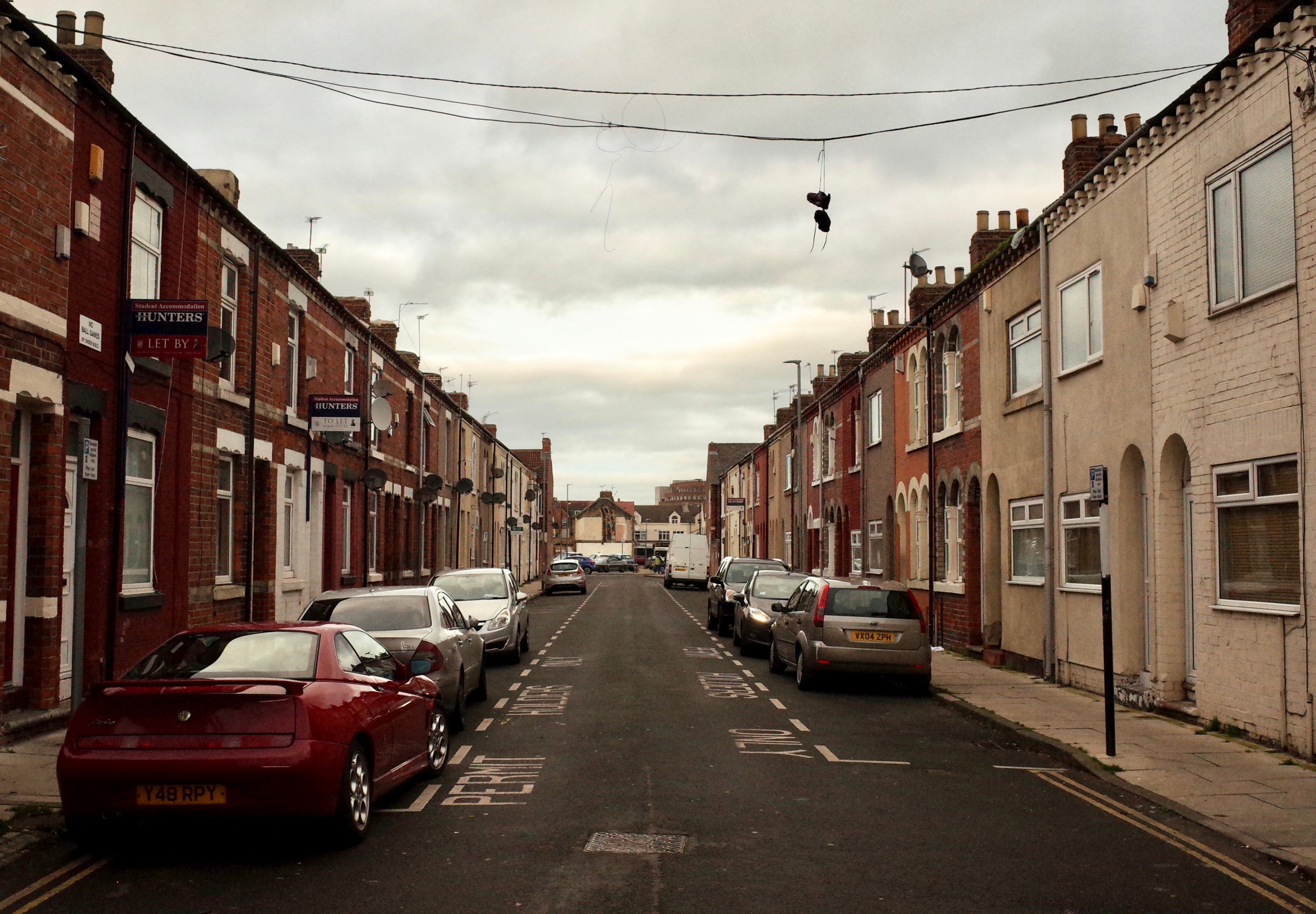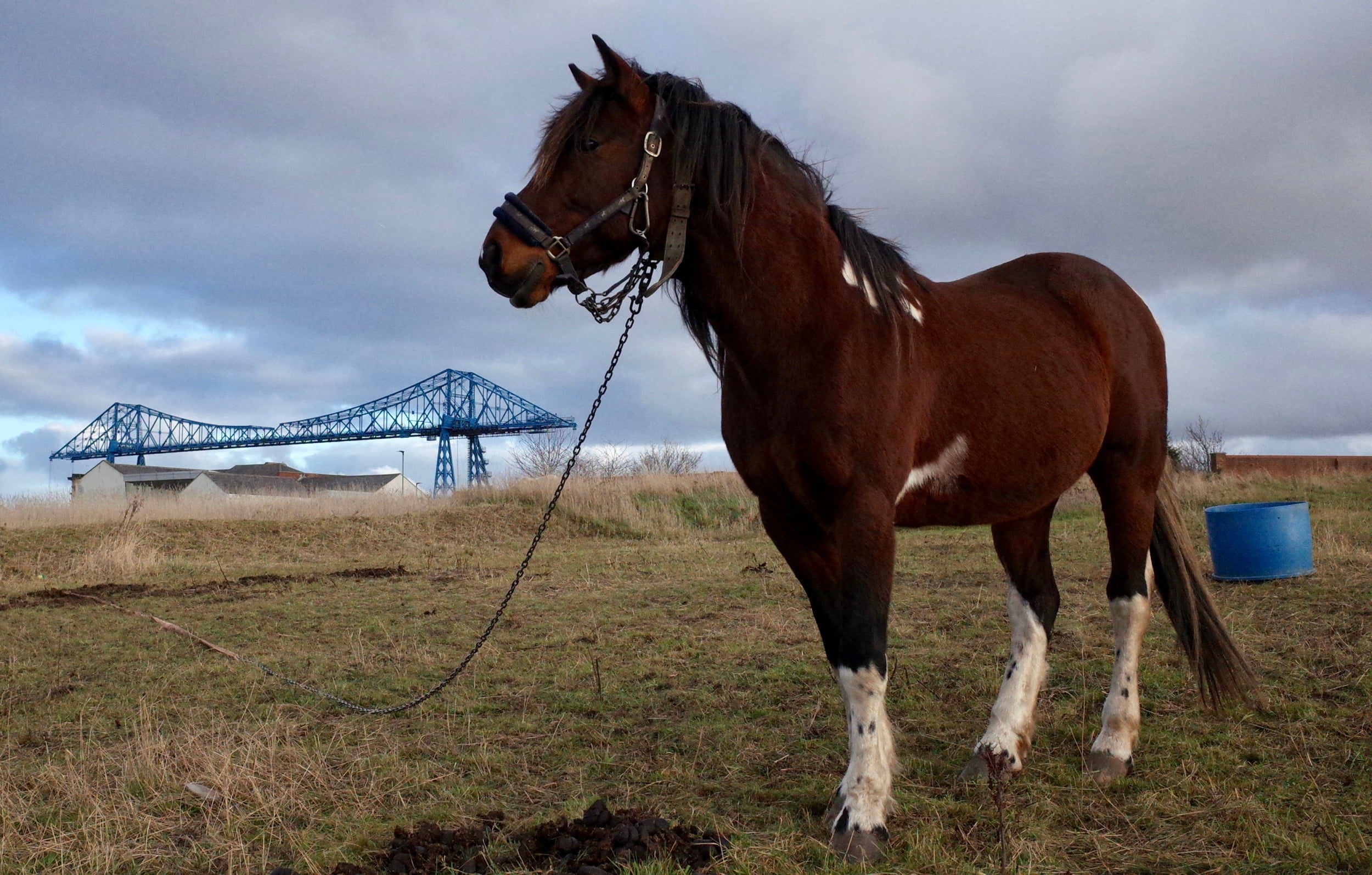Britain Before Brexit: a portrait of northeast England and its people
The Independent’s photographer Richard Morgan is examining his own country in the midst of Brexit’s chaos, scrutinising the contrasts of contemporary Britain and the ambivalence of modern Britishness. This week: northeast England

Your support helps us to tell the story
From reproductive rights to climate change to Big Tech, The Independent is on the ground when the story is developing. Whether it's investigating the financials of Elon Musk's pro-Trump PAC or producing our latest documentary, 'The A Word', which shines a light on the American women fighting for reproductive rights, we know how important it is to parse out the facts from the messaging.
At such a critical moment in US history, we need reporters on the ground. Your donation allows us to keep sending journalists to speak to both sides of the story.
The Independent is trusted by Americans across the entire political spectrum. And unlike many other quality news outlets, we choose not to lock Americans out of our reporting and analysis with paywalls. We believe quality journalism should be available to everyone, paid for by those who can afford it.
Your support makes all the difference.Britain is divided, by 12 regions, a statistical arrangement designed to help governments see the life of the population in graphs, charts and tables. I’m looking at Britain through these regions too, but not statistically, not through numbers that ignore the brilliant details of everyday life, but through the lens of my camera, on the ground, up close.
Middlesbrough achieved the impossible feat of both discovering and making the world. The manager of the Cleveland Centre – a shopping mall claiming to be “The Centre of the Community” – tells me so.
Satisfied that my reasons for photographing the mall are not terror-related, he proceeds to give me a lesson in local history.
Fact number one: Captain Cook, the captain of a ship that bumped into Australasia in the mid-18th century, was born in Middlesbrough. I don’t know how true this is, but I’m amused he thinks that what we do in life should reflect fondly, or badly, or have anything at all to do with the city or town or village or house or bathtub we are born in.
Fact number two: “we” made the Sydney Opera House – Middlesbrough iron was used in its construction – as well as much more of the modern world. This view is supported by the words of an Ian Horn poem painted on a red-brick wall by the train station: “We built the world; every metropolis came from Ironopolis.” I don’t care if either fact is actually a fact.
What interests me is that both claims to fame point to an exaggerated sense of pride in the town’s historical significance, a hyperbolic sense of self-worth that grows in proportion to regret about the town’s modern-day insignificance. This is a complicated identity that is at play in modern Britain more generally I think: the more the country loses global power and influence and notoriety, the prouder it becomes of once having had it.
New Year’s Eve and New Year’s Day in Middlesbrough are like lessons in the ambivalence of humanity. During the night I walk around town, dropping into bars, hanging around street corners, mingling with crowds. I witness hugs and punches, dances and fights, kisses and insults, camaraderie and crying, jokes and anger, laughs and falling, love and vomit, lust and shattered glass.
The next day I walk around a field by an industrial estate where horses are chained to the ground. They feed on thinning grass by a derelict clock tower adorned with Nazi graffiti.
Later, in the centre, I stop to watch a man rescue a pigeon from anti-pest netting above a shopfront. He’d seen its distress, ran home for his ladder, and now he was up the ladder trying to release the bird back into its human-made habitat.

In the evening I run on a treadmill, looking for that January 1st feeling, and cannot untangle my contrasting experiences of Middlesbrough. There’s nothing definitive to say about the many sides of British society it’d shown me. I keep running, feeling as if I’d been to a masquerade ball and danced with every guest, been spun from one pair of arms to the next, looked every concealed face in the eye, without ever gaining a full and clear picture of the party.
I take the train to Hartlepool and sigh at the obelisk memorial, at the shopping centre behind, at the crap high street, at the Market Hall. I don’t bother to explore this part of town much, and instead walk out to the marina, where sites of industry now mix with bars and restaurants on wooden decking.
I walk the length of a long jetty and watch fishermen at the furthest tip, casting their weights and baits into the distance, where windmills and chimneys line the horizon. I look across to The Headland and think of the local legend that gives the people the name “the monkey hangers”.
According to myth, during the Napoleonic Wars a French commercial boat wrecked offshore and the only survivor to make it onto land was a monkey dressed in a French army uniform for the crew’s amusement. Never having seen a Frenchman or a monkey before, the locals assumed the monkey to be a French spy and hanged it on the spot.
And on that cold concrete jetty in Hartlepool I think of Dover, where foreigners are now arriving on British shores in boats from France, and where locals – not only people in Dover, but many British people all over the country – are treating them with the same unfounded suspicion as the monkey hangers did to the monkey, are fearing the worst from strangeness and the unknown, are seeing the arrival of immigrants onto beaches as some kind of national threat and crisis, a danger that must be quickly and hastily and angrily judged and resolved by the mob, by the crowd, by the collective will of the people.
I spend most of my time in Sunderland in the east end. I check out the docks, the Old Parish Church, some scruffy garages and streets by the Town Moor.
I look at the Victorian statue of the young Jack Crawford, and later at his modern-day mural, and wonder why he’d fought so heroically for the British navy after being press-ganged into conscription.
I stop outside the former east end orphanage, itself a provider of unwilling recruits to a life at sea on a British ship in need of a cabin boy. And it wasn’t only the ships that needed and took the children, I’m told, but the pits and the ship yards and the iron works too.
I walk over and under the Wearmouth Bridge, wondering how large was the contribution of cheap child labour to Sunderland’s industrial productivity, indeed, to all of Britain’s former industrial powerhouses. And I think how unjust it is that invention and innovation and engineering and entrepreneurship so commonly take the credit in explanations and representations of Britain’s Industrial Revolution, overshadowing the role of the painful ordeal suffered and endured by so many powerless children.
For more of Richard Morgan’s work you can visit his website here
Join our commenting forum
Join thought-provoking conversations, follow other Independent readers and see their replies
Comments